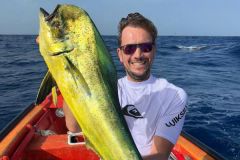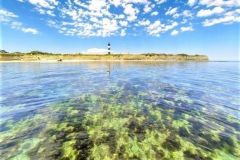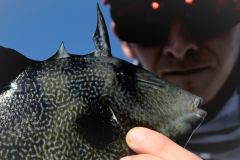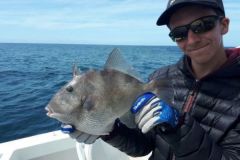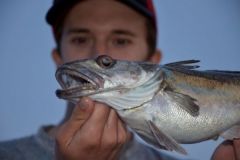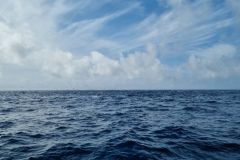The different types of DCP
A fish aggregator can fall into one of two categories: it can be natural or man-made.
Man-made FADs include navigation beacons and scientific buoys, as well as structures such as fish and mussel pens.
Natural FADs are more complicated to find, as they are constantly drifting on the water. The most common natural FAD is wood, capable of floating for years on end around the oceans and seas. It's also common to find polluting FADs such as lost buoys, plastic crates, empty bottles and other large pieces of plastic. It's important to know that the larger the FAD and the longer it's been in the water, the more plants and fish will inhabit it.

What species can be found here?
The presence of fish species varies according to the season and the distance from the coast where the FAD is located.
Near the shore, in places with little exposure to the open sea, you'll find mainly tassergals and barracudas. Still close to shore, but this time within easy reach of the open sea, you'll find mackerel, redfish, triggerfish and dolphinfish, often closely followed by tuna and amberjack on the periphery.
When the FAD is offshore, it is very common to find beautiful dolphinfish in the summer season. Rarer fish, such as juvenile cern, xiphias swordfish or black centrolophe, can live near a FAD all year round. It's always a good idea to stop by a FAD to observe the various fish that can be found there.
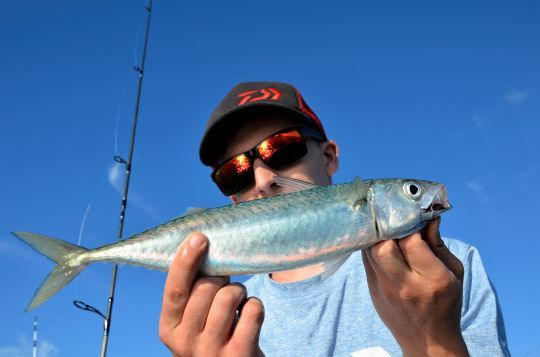
What lures should you use to fish FADs?
Depending on the type of fish you wish to catch on a FAD, the best lures will vary. It goes without saying that some lures, such as poppers and stickbaits, are better suited to catching dolphinfish, tassergals or barracudas. Others, like the casting jig, will enable us to target fish lower down in the water layer, such as triggerfish, cernier and small pelagics like mackerel and redfish.
Finally, you can fish vertically around fixed FADs (often connected by a rope or chain to the bottom of the water) using soft lures and jigs. Amberjacks, tunas and swordfish generally circle around FADs in a radius of about 50 meters in search of easy prey. They may move close to the surface, but are generally at least 20 meters deep, which is why it's a good idea to fish vertically.
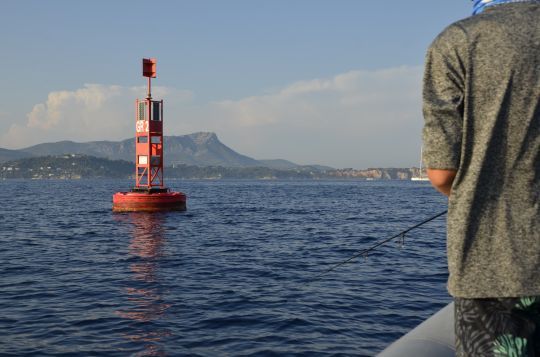

 /
/ 


